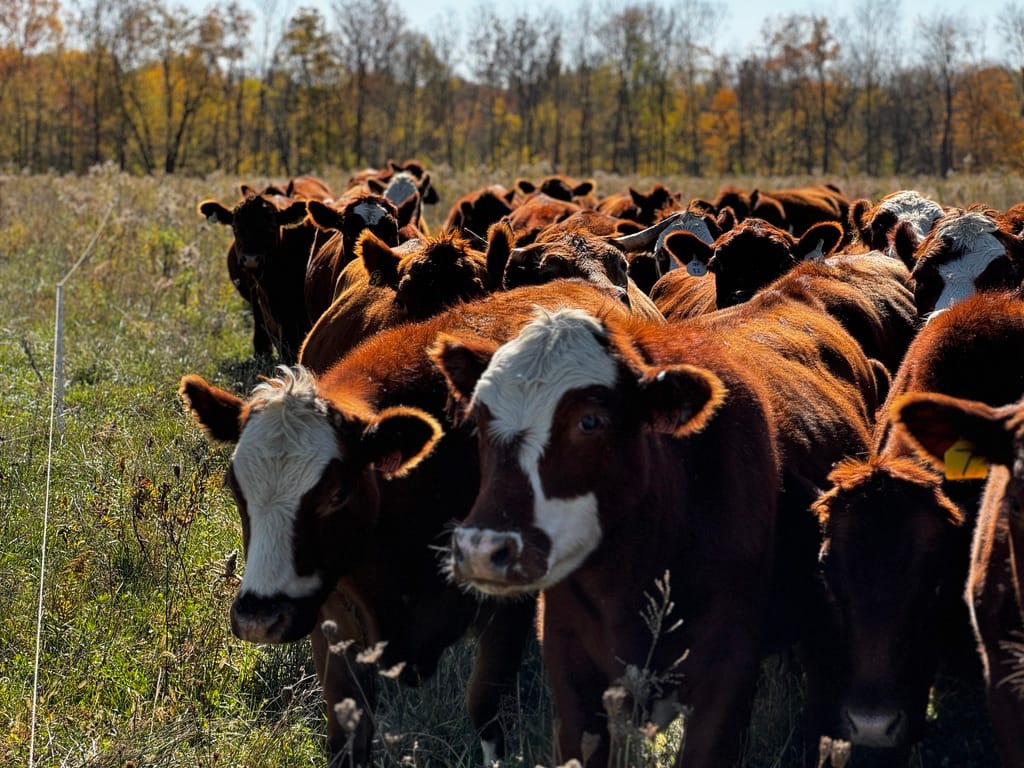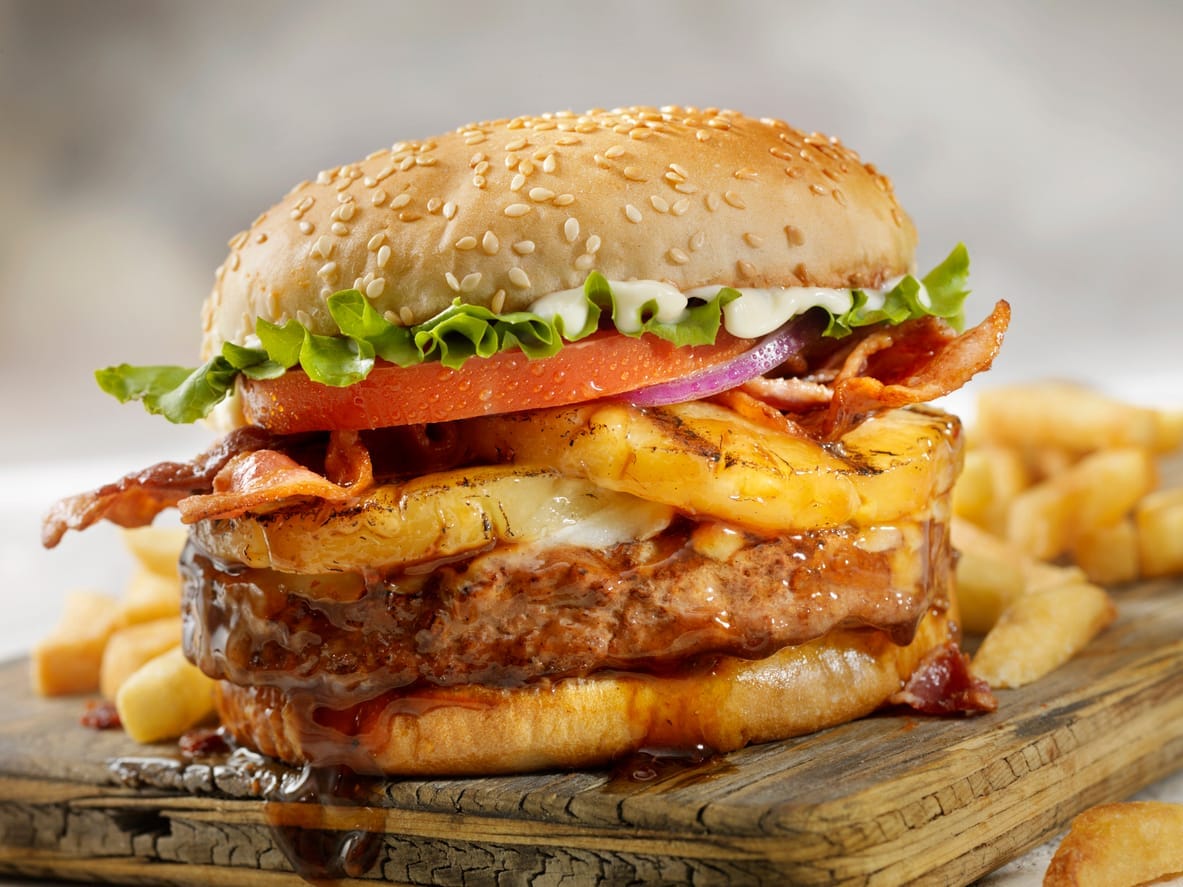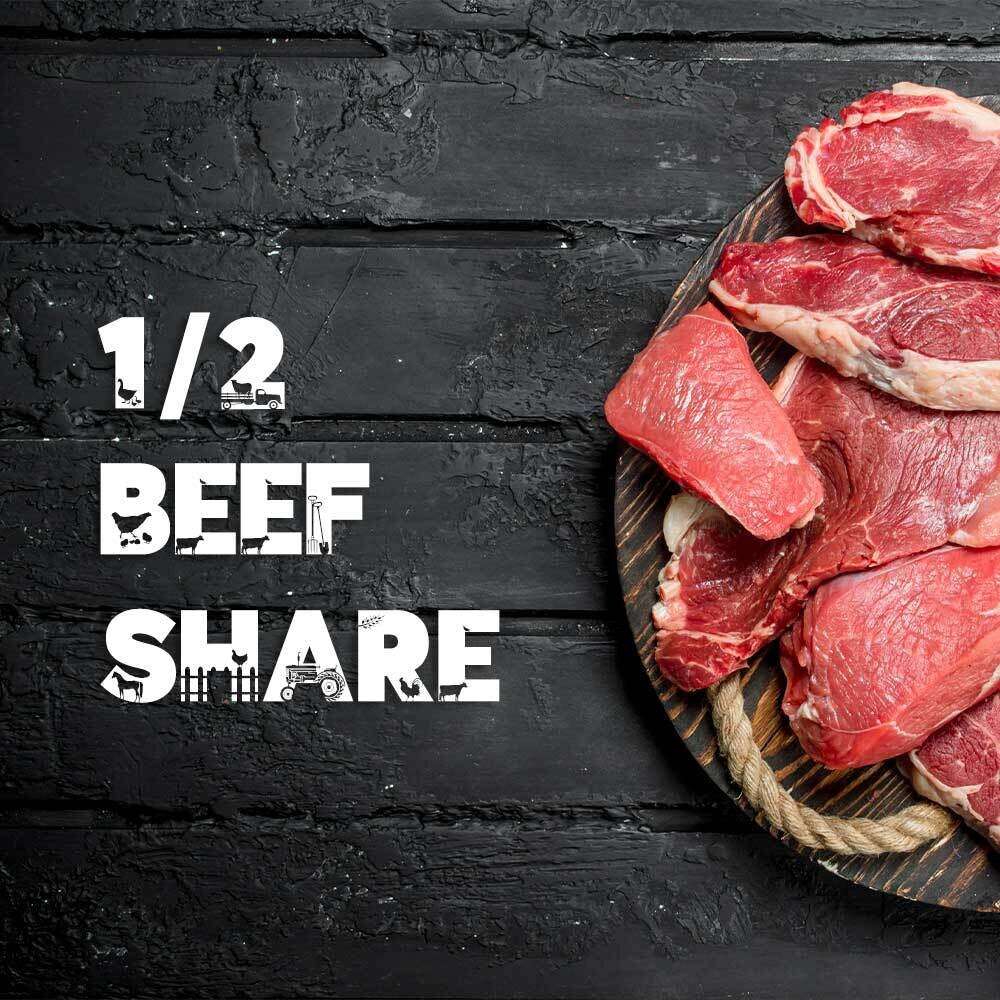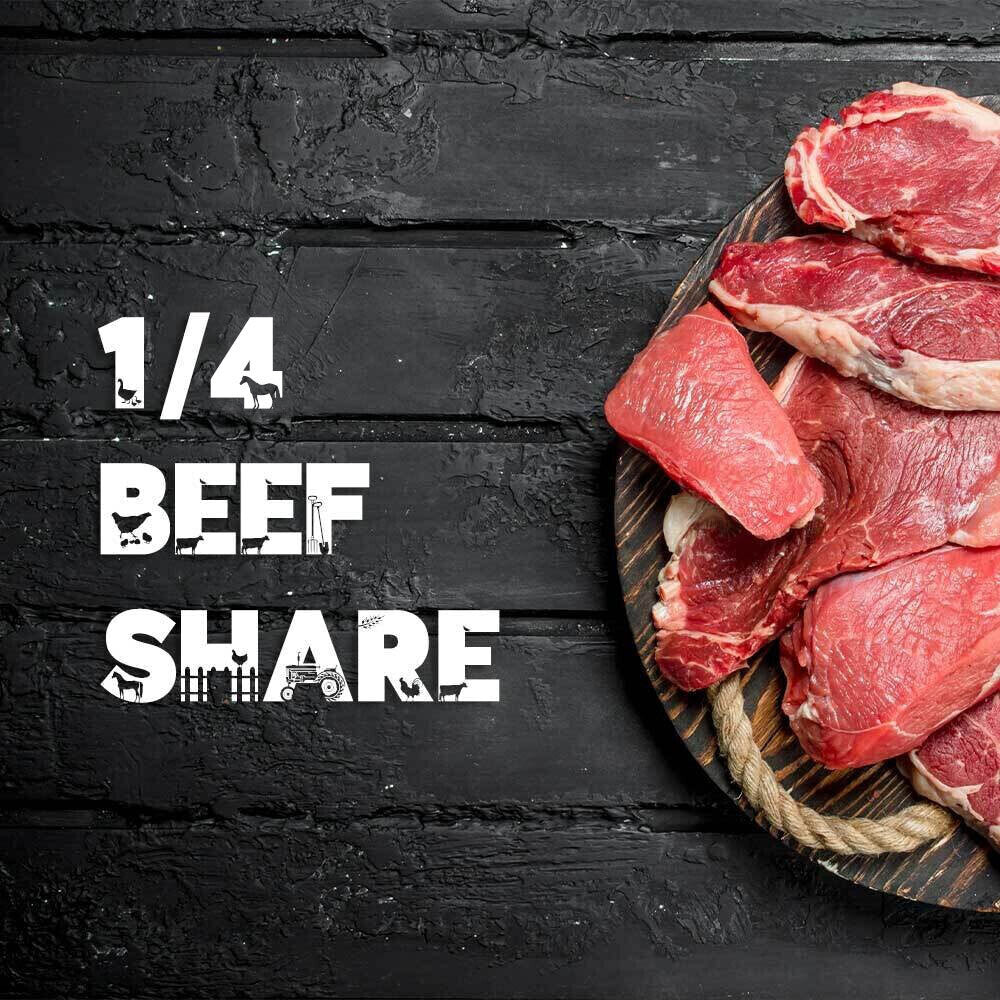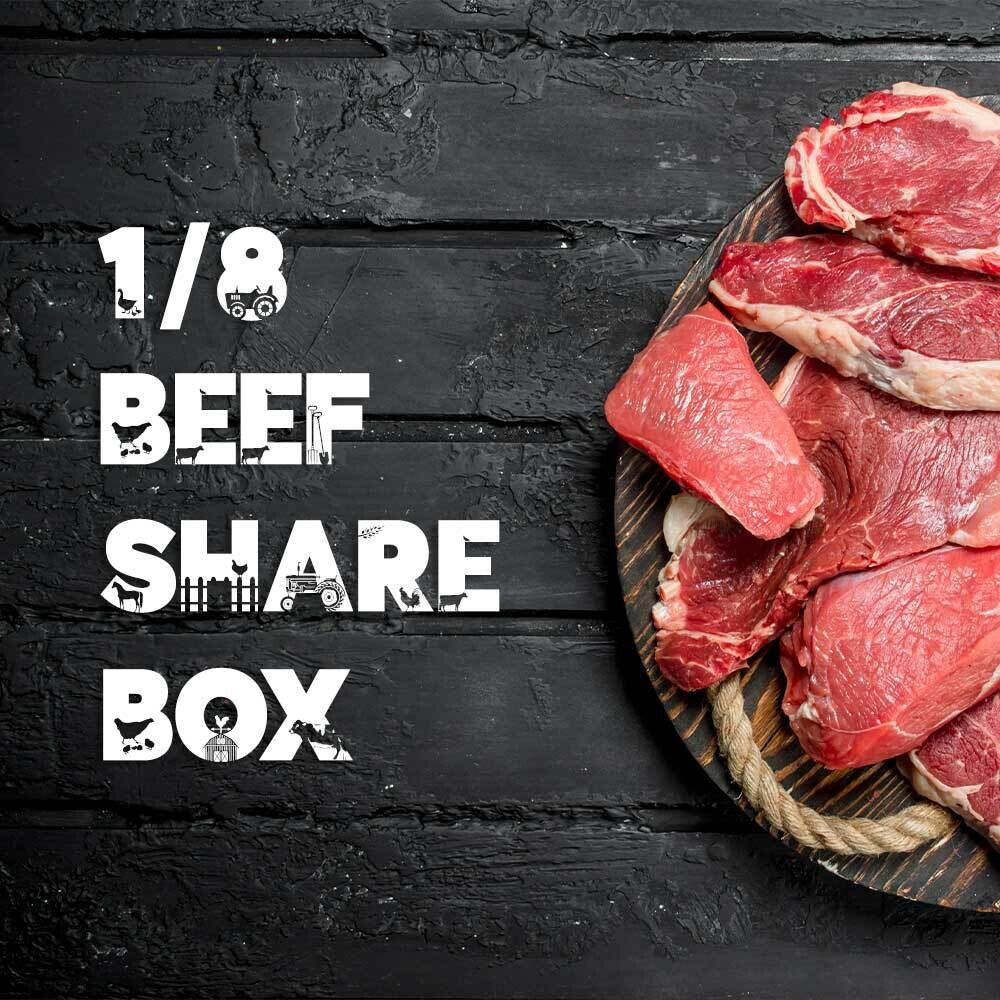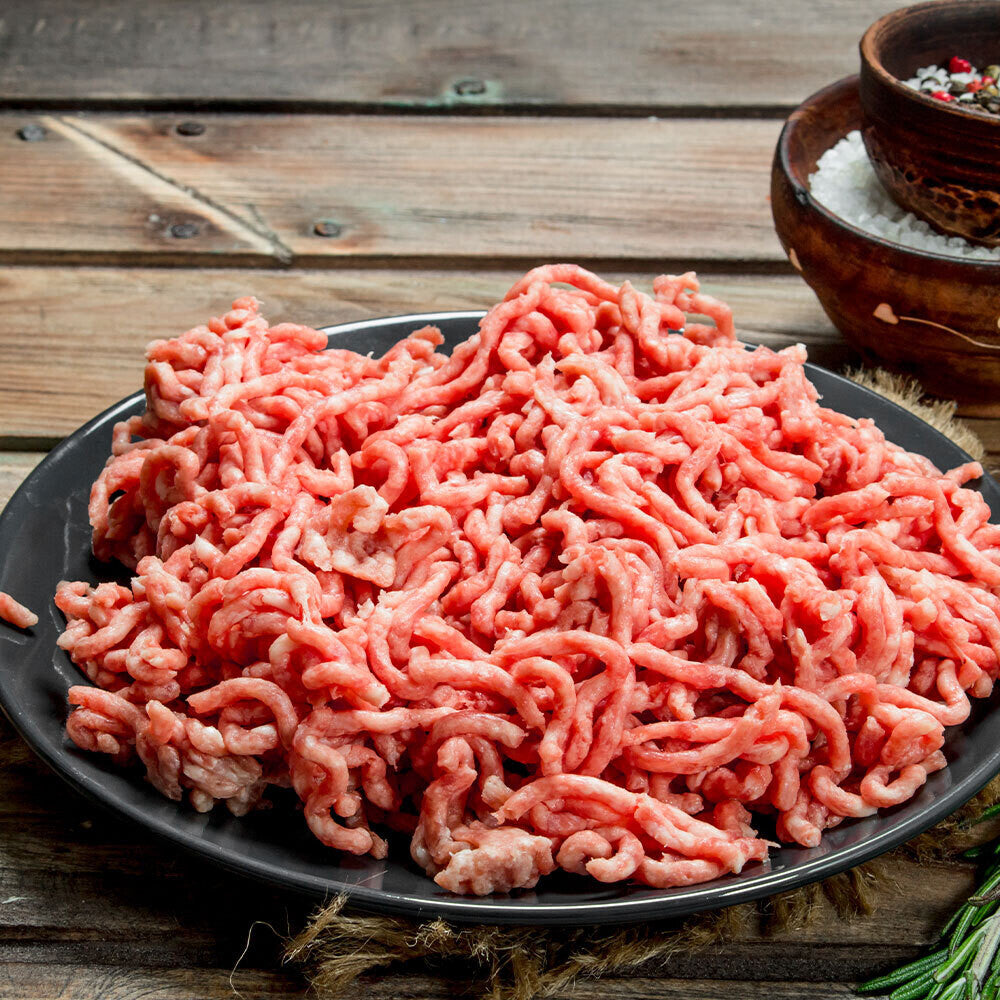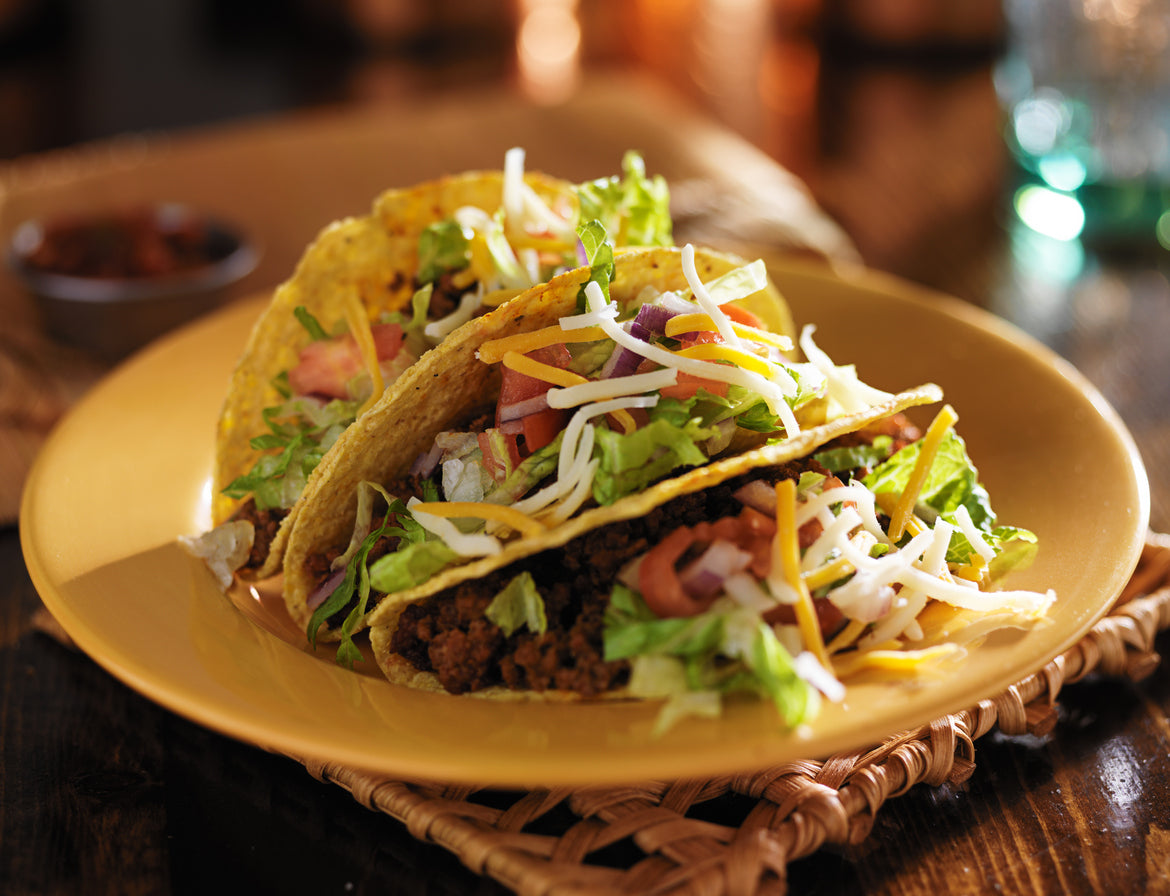
Why Grass-Fed Beef Fits My Health and Environmental Goals
When I started Tyner Pond Farm, I had the freedom to pursue any direction in farming. I chose to focus on grass-fed beef. This decision wasn’t made lightly—it was rooted in my belief that grass-fed beef offers the best combination of health benefits, environmental sustainability, and nutritional value. As I’ve navigated my own dietary needs and goals, particularly as an athletic person in my 60s, I’ve found that grass-fed beef consistently aligns with my priorities for both personal health and the greater good.
Why I Choose Grass-Fed Beef for My Protein Needs
As someone in my 60s, staying healthy and maintaining muscle mass is a top priority. After some research, I’ve come to the conclusion that an athletic person at my age needs about 1.6 grams of protein per day for every 10 pounds of body weight. For me, at 176 pounds, that means I’m aiming for around 150 grams of protein daily. If I were relying solely on grass-fed beef to meet that goal (which I’m not suggesting anyone do exclusively), I’d need to consume about 21.4 ounces, or 1.34 pounds, of beef per day. This would provide me with zero sugars or carbohydrates, Supporting my overall metabolic health and well-being.What About Plant-based Protein?
Now, let’s talk about plant-based protein. Soybeans stand out as the most protein-dense edible plant. A cup of cooked soybeans contains 61.92 grams of protein, meaning I’d need to eat around 2.42 cups a day to meet my protein target. However, many people turn to other plant proteins that are much lower in protein density. For example, pinto beans provide only 15 grams of protein per cup. To reach my protein goal with pinto beans, I’d need to consume 10 cups daily—that’s about 3.5 pounds of beans! But there is also a tradeoff: those 10 cups of pinto beans also come with 450 grams of carbohydrates and 10 grams of sugars. As someone following a keto diet, aiming for nearly no carbs, that’s far from ideal. Even government guidelines for elite athletes suggest 281 to 406 grams of carbs per day for someone at my weight, while I’m aiming for just 20 grams. Beyond just protein, I’m also focused on overall nutritional value without relying on supplements. Grass-fed beef is superior in long-chain Omega-3s, which are more bioavailable to humans compared to the alpha-linolenic acid found in plant proteins. Both plants and grass-fed beef offer essential minerals, but the minerals in beef are generally more readily absorbed by our bodies. One significant consideration is vitamin B12, which is easily obtained from grass-fed beef but often lacking in plant-based diets, necessitating supplementation. Ultimately, my choice comes down to personal values and health goals. I avoid chemicals, drugs, and unnecessary food miles. I’m wary of the fact that over 70% of our organics are imported, and I prefer to buy vegetables locally from my neighbors at the farmers market when they’re in season. I preserve some through canning and choose to go without out-of-season produce. While my protein requirements may seem high to some, the math doesn’t change much regardless of the numbers you use. From my reading and experience, I believe we’re not getting enough protein as we age. I’m not here to judge anyone’s choices, but for me, local grass-fed beef, dairy, and pasture-raised chicken and pork align best with my health, environmental, and food security goals.
Tags:
Previous post
The EATS Act: Finding Common Ground Against Corporate Overreach
Next post




